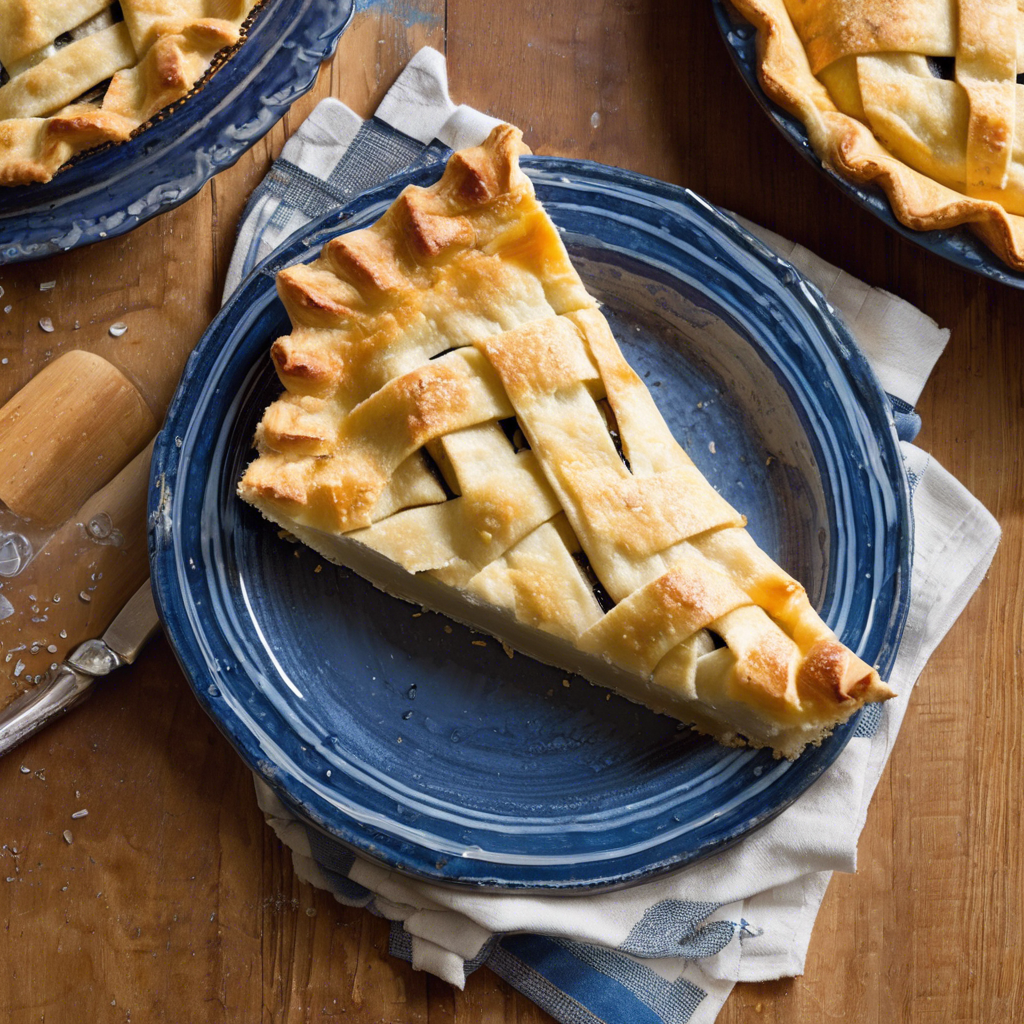Foolproof Flaky Pie Crust: The Water Temperature Secret
If your pie crust always turns out too tough, too dry, or far from flaky, you’re not alone. There’s one often-overlooked detail that makes or breaks your crust: water temperature. Yes, that small step—just a splash of ice-cold water—can change everything.
Why Flaky Pie Crusts Matter
A great pie crust does more than hold the filling. It adds texture, flavor, and balance. A flaky crust complements the softness of apple, the richness of pecan, or the smoothness of pumpkin. When it’s right, you notice. When it’s wrong, you really notice.
So if you’ve ever wondered why your crust doesn’t measure up, here’s your answer: temperature control.
The Water Temperature Secret
You’ve likely seen recipes say “add cold water,” but have you ever stopped to ask why? It’s not a vague suggestion—it’s a rule you can’t afford to ignore.
Cold Water Keeps Butter Solid
Butter is the key to flakiness. When cold butter meets flour, you get small lumps. These melt in the oven and form steam pockets, which lift and separate the dough into flaky layers. If your water is too warm, the butter melts early, ruining that texture before your crust even hits the oven.
What Cold Means (And Why It Matters)
Cold doesn’t mean tap water in winter. It means ice-cold. Put a few cubes in a bowl, pour in some water, and let it chill for a few minutes. That’s what your dough needs. Not cool. Not chilled. Ice-cold.
Step-by-Step: How to Use Cold Water Correctly
Here’s how you can get your water temperature right every single time:
- Before anything else, prepare a cup of water with a few ice cubes.
- Let it sit while you mix your dry ingredients and cut in the butter.
- When it’s time to add water, don’t pour it all in. Use a spoon to add 1 tablespoon at a time.
- Mix gently until the dough just holds together. Don’t overdo it.
Common Mistakes You Might Be Making
You’re not alone if your crust isn’t working. Here are a few water-related issues that trip people up:
- Using warm or room-temp water: This melts the butter early. No flakes.
- Adding too much water at once: This overhydrates the dough. Result: dense, chewy crust.
- Not chilling the dough after: Even if you got the water right, warm dough can undo your work. Always chill the dough before rolling.
Ingredients Matter, But Technique Rules
You can use top-quality butter, organic flour, and filtered water—but if your technique is off, you won’t get that golden, flaky payoff. Water temperature is your secret weapon.
The Science Behind the Flakes
When your crust bakes, those cold butter pockets melt and release steam. The steam pushes the layers apart. That’s how you get that perfect, tender flake. If the butter melts too soon, no steam. No lift. Just a flat, dense crust.
Water that’s too warm will blend the butter completely into the flour, like making cookies. That’s not what you want. You want uneven butter chunks to stay intact until the heat hits.
Tips to Make Your Pie Crust Foolproof
You now know about cold water. But here are a few more tips to push your crust into perfect territory:
- Use unsalted butter. It gives you full control of flavor and salt content.
- Don’t overwork the dough. Mix just until it holds together.
- Rest your dough. Let it chill for at least 30 minutes before rolling.
- Roll from the center out. Helps keep thickness even.
- Use flour sparingly on your surface. Too much adds dryness.
Quick Visual Guide
Here’s a cheat sheet you can keep on hand:
| Step | Tip |
|---|---|
| Water temperature | Ice-cold (not just cool) |
| How to add water | 1 tbsp at a time |
| Butter texture | Pea-sized chunks |
| Dough consistency | Just holds when pressed |
| Resting time | 30+ minutes in fridge |
Final Thoughts
You don’t need a fancy mixer or a secret family recipe to make a great pie crust. You just need to get the basics right. And the most important basic? Ice-cold water.
It sounds simple, but it’s the key that separates a disappointing crust from one that people remember.
So next time you bake, take a minute to chill your water. Your crust will thank you.
